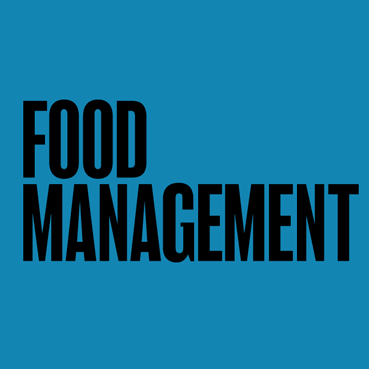A Plate Is a Terrible Thing to Waste
March 1, 2007
FM Staff
 Food and plate waste have been longstanding concerns for noncommercial operators. They increase food costs, add to waste removal costs and conflict with the goal many institutions have to make their operations more environmentally sustainable.
Food and plate waste have been longstanding concerns for noncommercial operators. They increase food costs, add to waste removal costs and conflict with the goal many institutions have to make their operations more environmentally sustainable.
A recent study conducted in noncommercial (mostly healthcare) foodservice by LeanPath, Inc. (www.leanpath.com), a Portland, OR-based consulting and technology development company, shows just how significant food waste's impact can be.
To accumulate its data, LeanPath used a touch-screen terminal and scale to collect food waste data on a daily basis at participating sites. The data was entered by front-line employees who weighed all waste prior to disposal. They also recorded key attributes, such as type of food discarded and the reason for loss, with options including overproduction, trim waste, spoilage, contamination, overcooking and expiration.
After two years of data collection, the findings suggest that pre-consumer food waste ranges from four to seven percent of total food costs and that the most common types of pre-consumer food waste are overproduction, trim waste and spoilage.
Based on dollars lost, the foods most wasted are starches, produce and soup. Produce appeared to be the most frequently wasted food in noncommercial foodservice, partly because it is the most "overproduced."
"Since every food service environment is unique, the opportunities to reduce food waste will be different for every facility," concludes CEO Andrew Shakman.
"The constant we see among noncommercial operations is that tens of thousands of dollars of food value thrown into the waste bin every year that could be prevented" with tighter controls and better operational practices.
About the Author
You May Also Like






